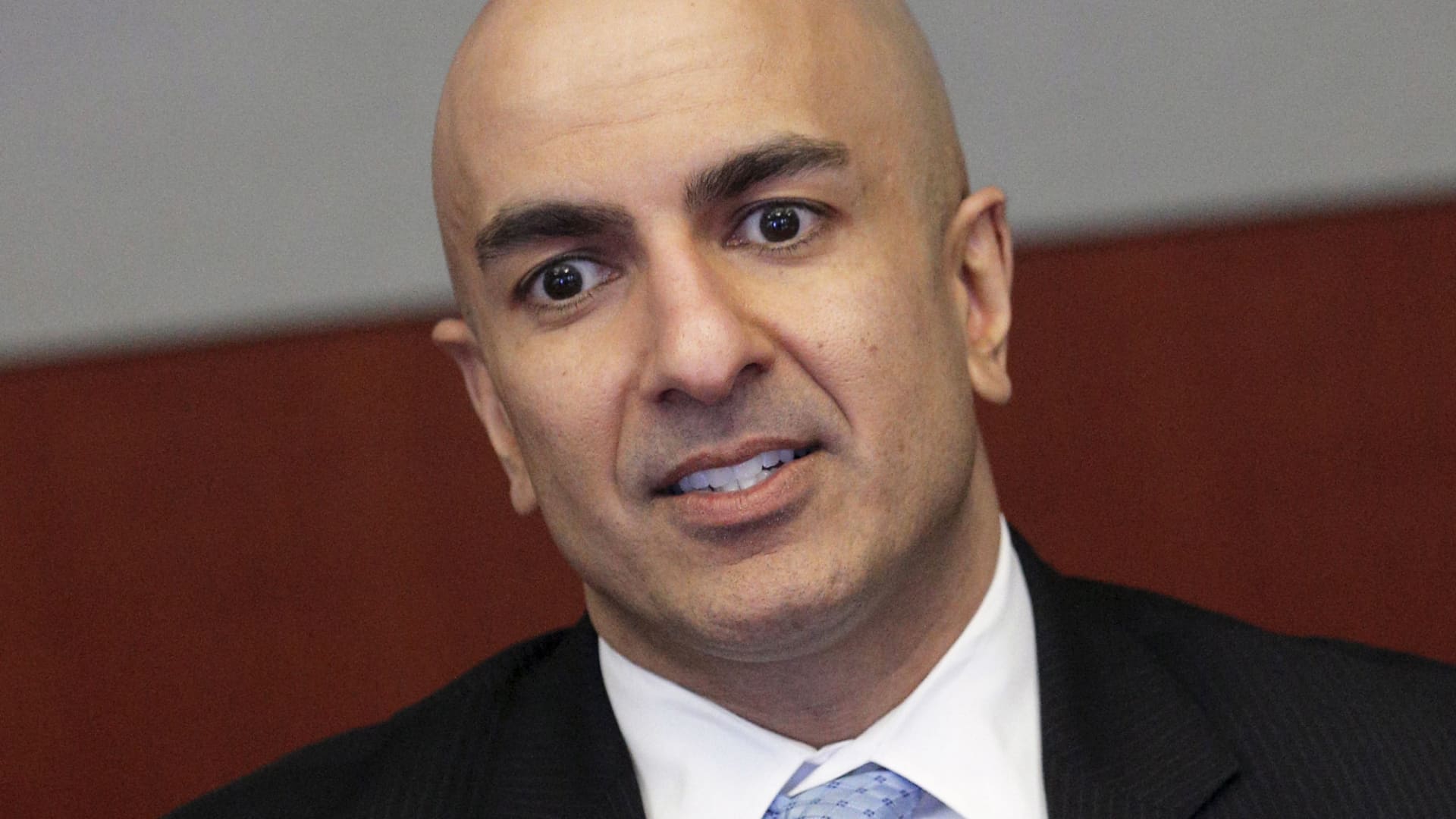US Markets
Tuesday, July 23rd, 2024 2:28 pm EDT
Key Points
- Sales of previously owned homes dropped 5.4% in June compared to May, and 5.4% from June of the previous year, marking the slowest sales pace since December, influenced by higher mortgage rates in April and May.
- Inventory levels increased by 23.4% from a year ago, reaching 1.32 million units at the end of June, but the median price of existing homes still rose to an all-time high of $426,900, driven by strong demand in the higher-end market.
- The market is transitioning from a seller’s market to a buyer’s market, with homes staying on the market longer, fewer offers being made, and an increase in lower-priced listings; however, higher-end buyers using cash remain significant, and investor activity has slightly decreased.
In June, the sales of previously owned homes dropped by 5.4% compared to May, with an annualized rate of 3.89 million units, marking the slowest sales pace since December, according to the National Association of Realtors. Sales were also down 5.4% from June of the previous year. These figures reflect closed sales based on contracts signed predominantly in April and May, a period when the average 30-year fixed mortgage rate exceeded 7%, though it has since slightly decreased to the high 6% range.
Lawrence Yun, the chief economist for the Realtors, observed a gradual shift from a seller’s market to a buyer’s market. Homes are staying on the market longer, sellers are receiving fewer offers, and buyers are increasingly insisting on home inspections and appraisals. National inventory levels have risen significantly, up 23.4% from the previous year to 1.32 million units by the end of June, representing a 4.1-month supply. Despite this increase, which is the highest since May 2020, the supply remains below the 6-month level considered balanced between buyers and sellers.
The increased inventory, however, has not alleviated home prices. The median price of existing homes sold in June reached an all-time high of $426,900, a 4.1% increase from the previous year. This price surge is partly due to stronger sales in the higher-end market. Homes priced over $1 million were the only category to see sales gains compared to the previous year, whereas the largest drop in sales occurred in the $250,000 and lower price range.
While the supply of homes for sale is weakest at the lower end of the market, there is a notable surge in new, lower-priced listings. Danielle Hale, the chief economist for Realtor.com, noted that the median listing price is being held down by an influx of smaller and lower-priced homes, with listings in the $200,000 to $350,000 range increasing by 50% compared to a year ago.
The market dynamics also show that higher-end buyers, who often use more cash, constitute a growing portion of the market. In June, 28% of home sales were all-cash transactions, up from 26% a year ago. However, investor activity has slightly decreased, making up 16% of sales, down from 18% the previous year.
Yun suggested that if inventory continues to rise, it could lead to an increase in home sales or a stabilization or decrease in home prices. The current trends indicate a market in transition, with rising inventory and high prices creating a complex environment for buyers and sellers alike.
For the full original article on CNBC, please click here: https://www.cnbc.com/2024/07/23/june-home-sales-slump.html




